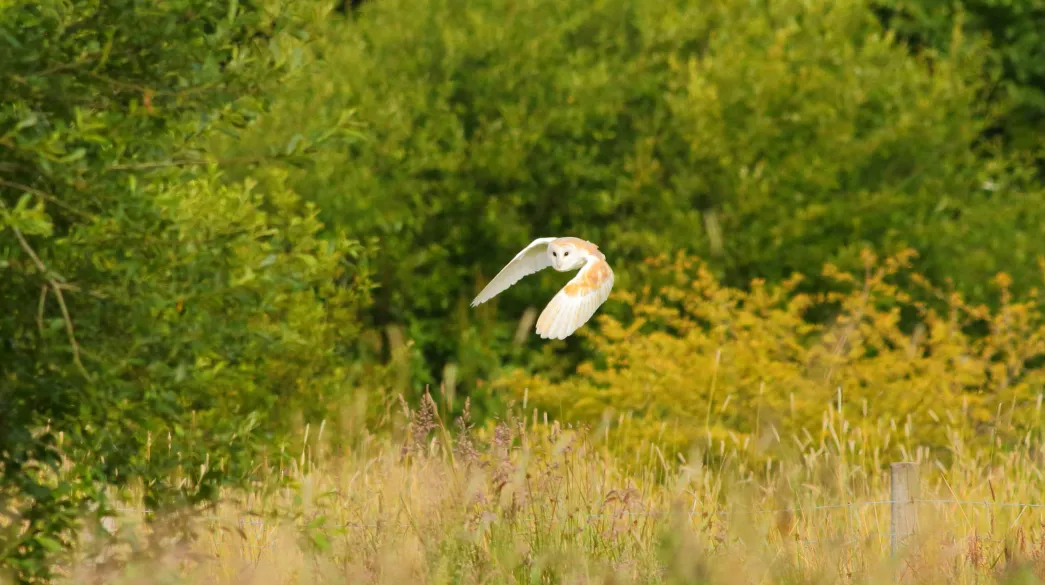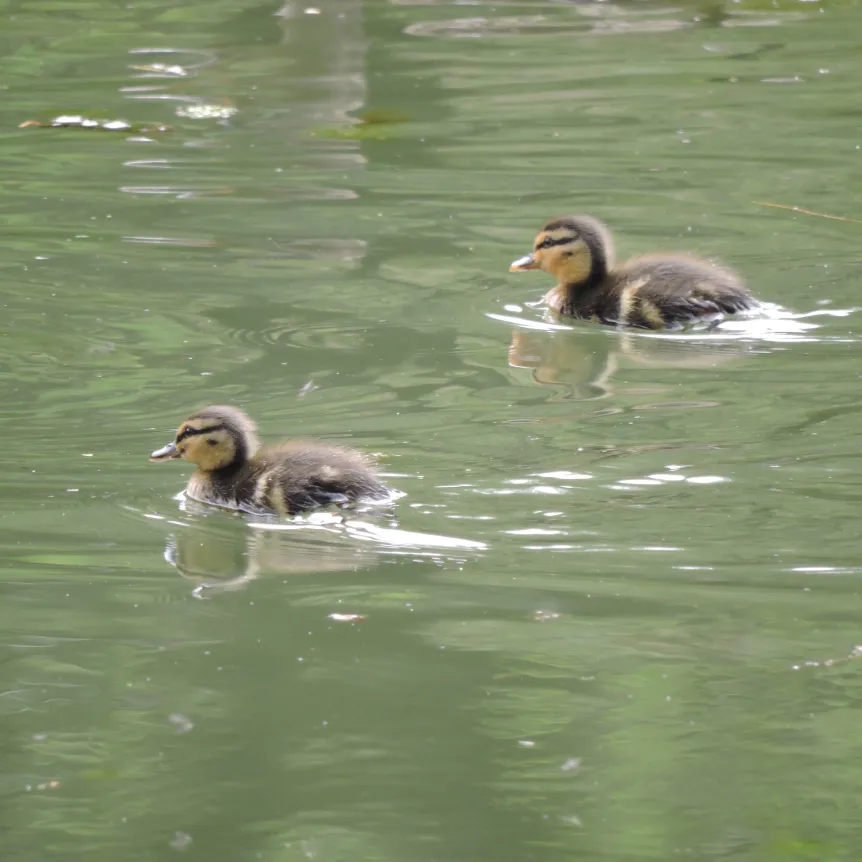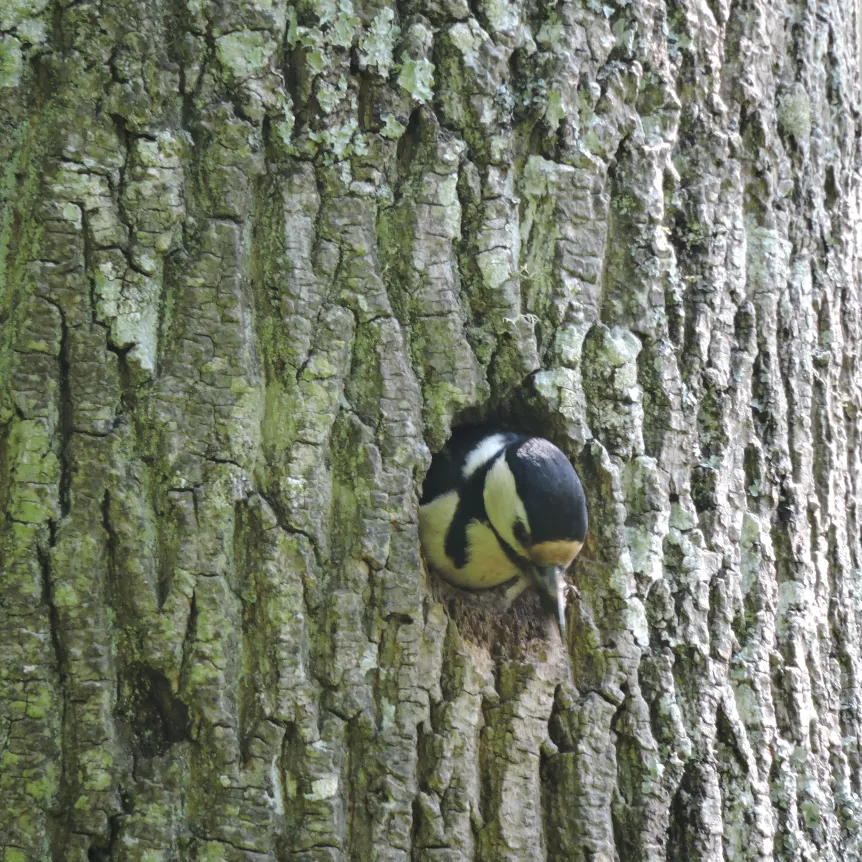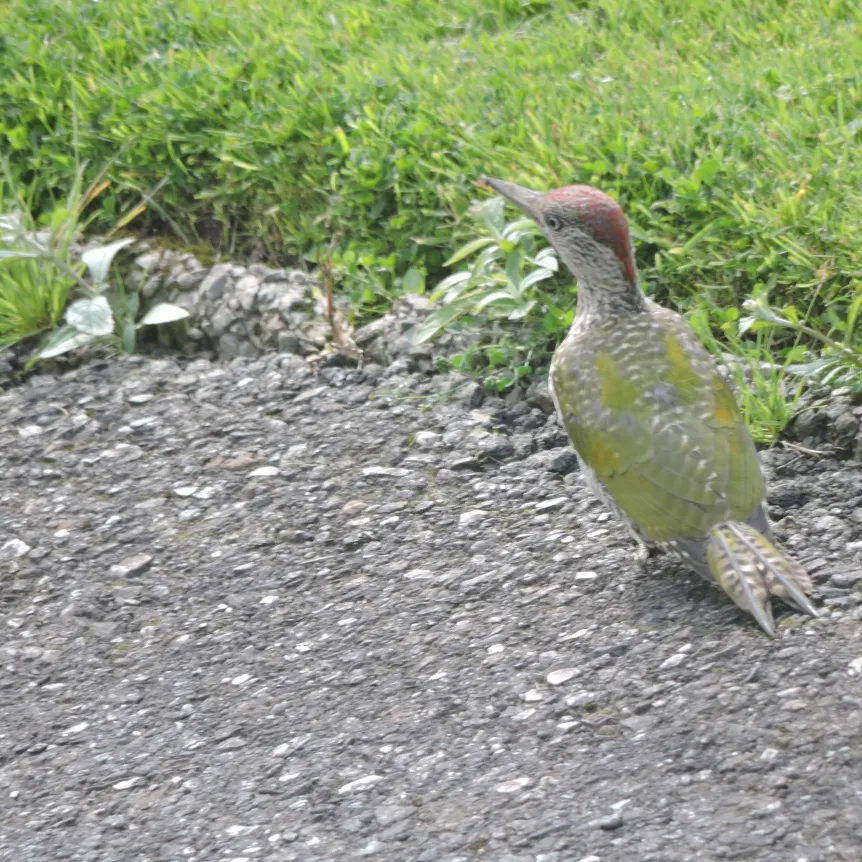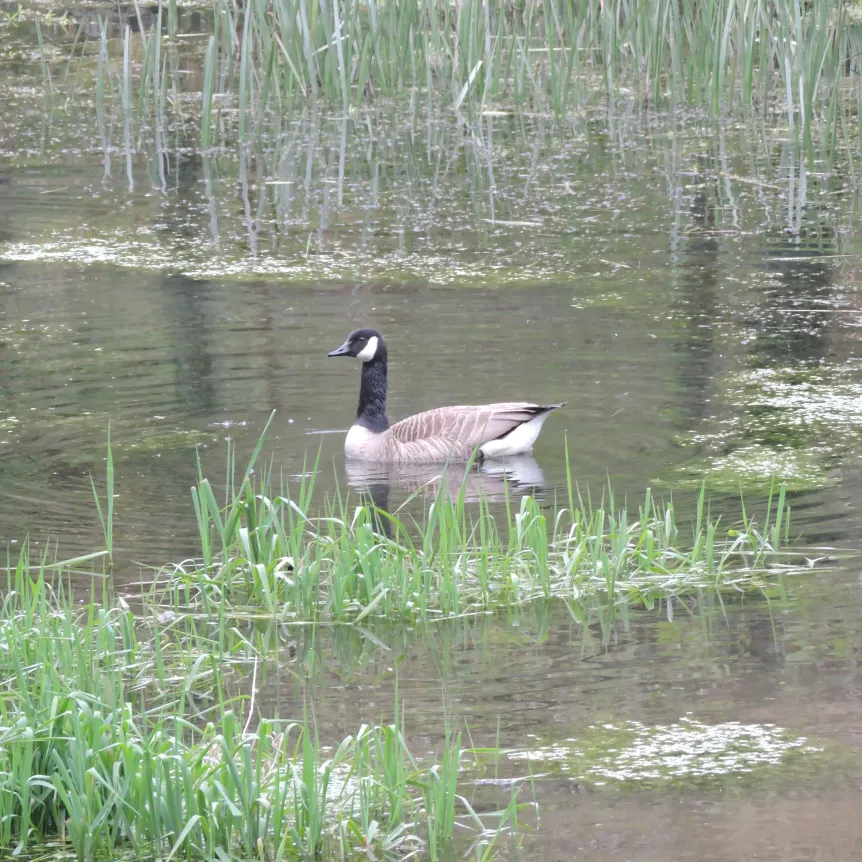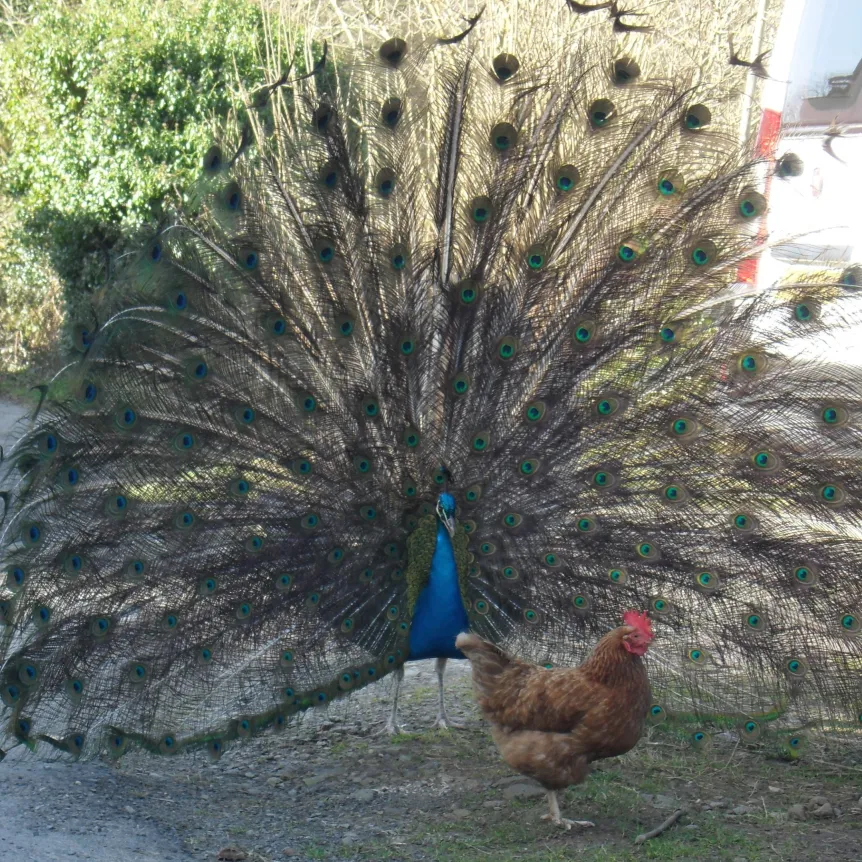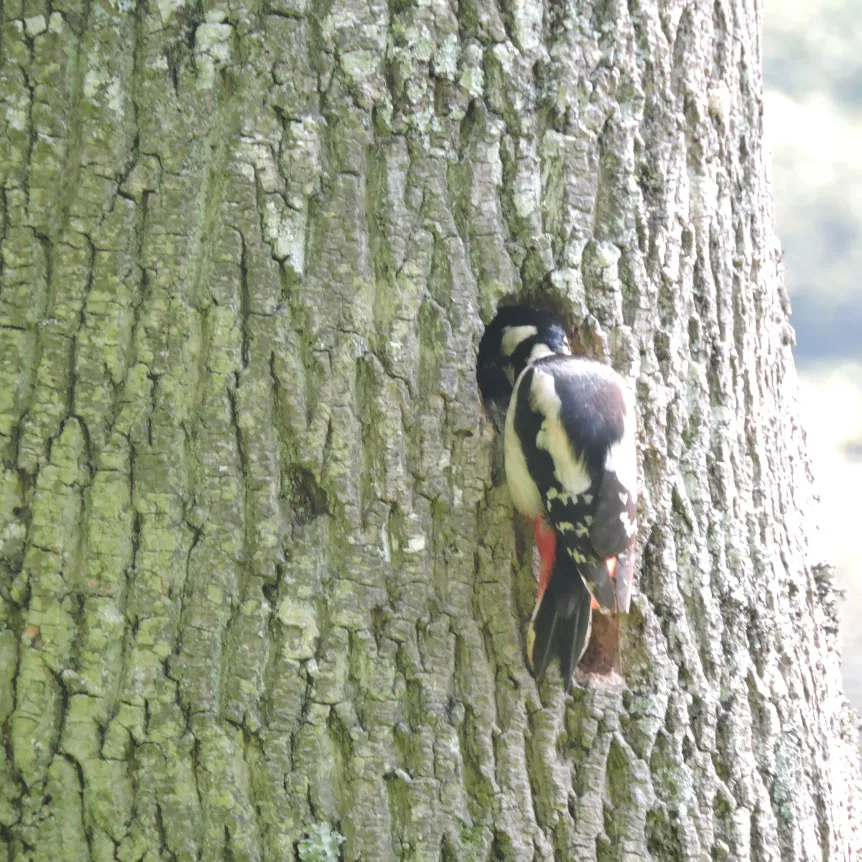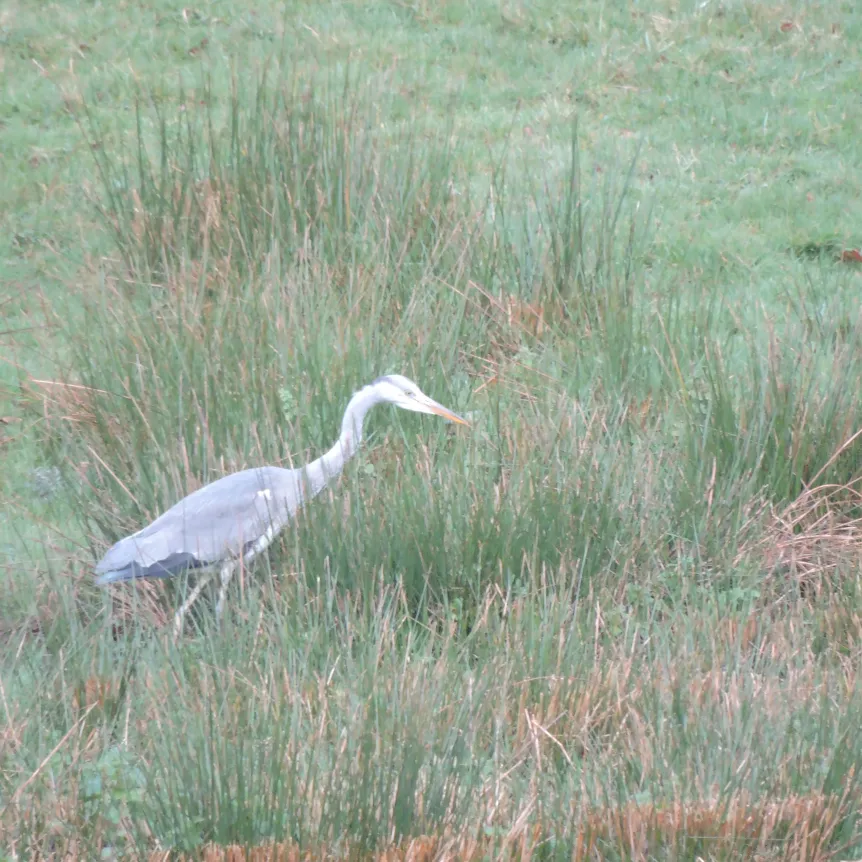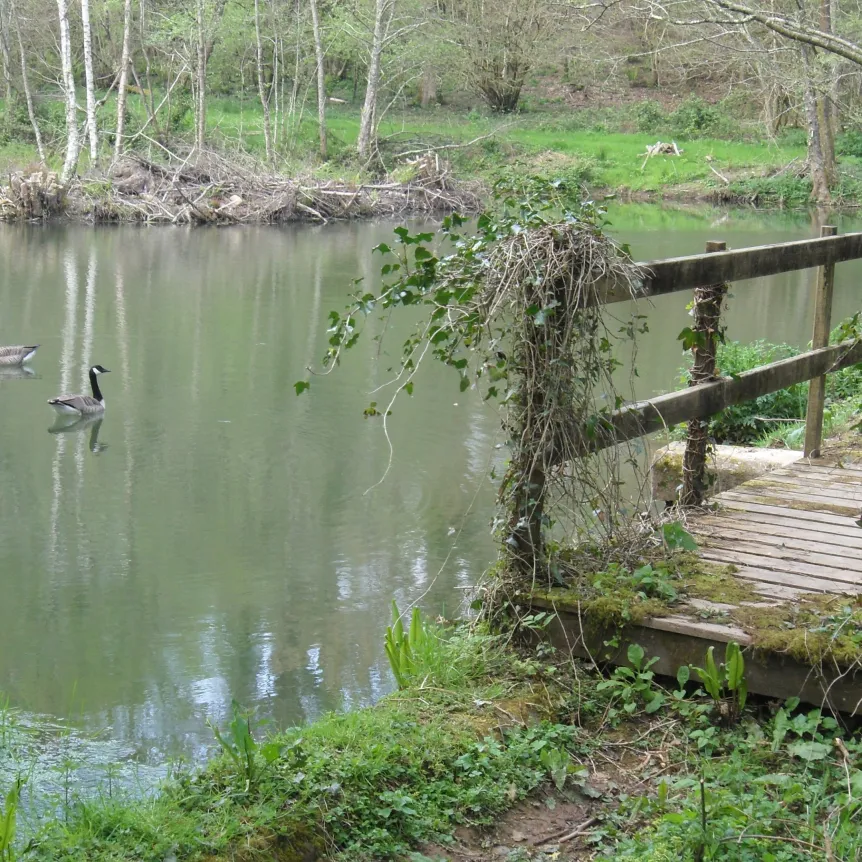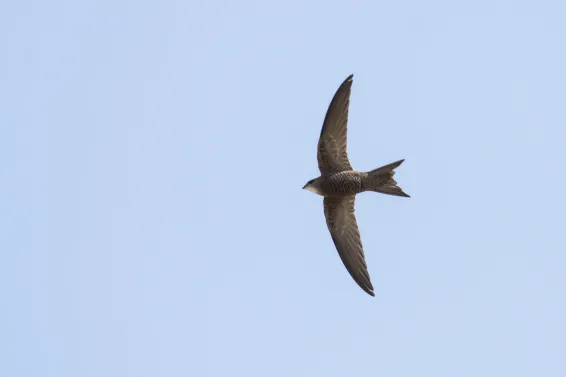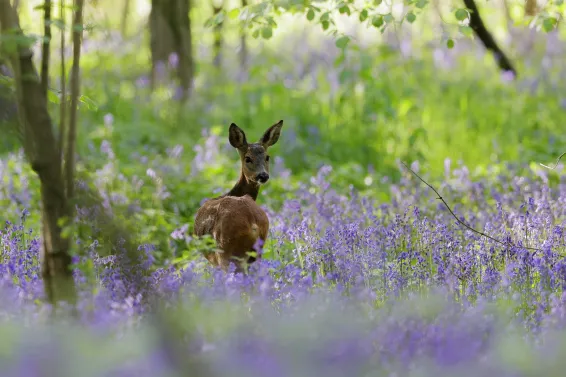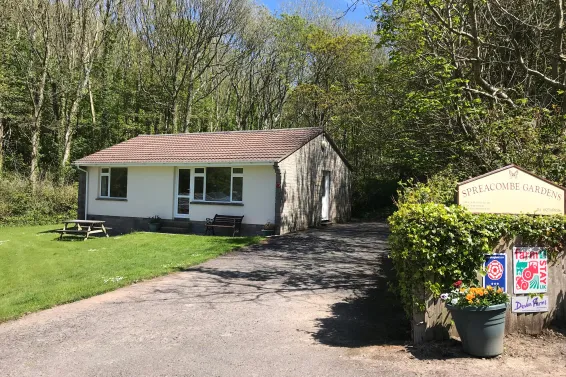If waking up to birdsong and watching buzzards glide overhead sounds like your ideal morning, Spreacombe Gardens may be just the place.
Set in a peaceful valley adjacent to RSPB Chapel Wood, alongside our own private woodlands and ponds, our self-catering cottages offer a calm base for birdwatchers, walkers and nature photographers. Stay with us and immerse yourself in one of North Devon’s quietest and most wildlife-rich corners.
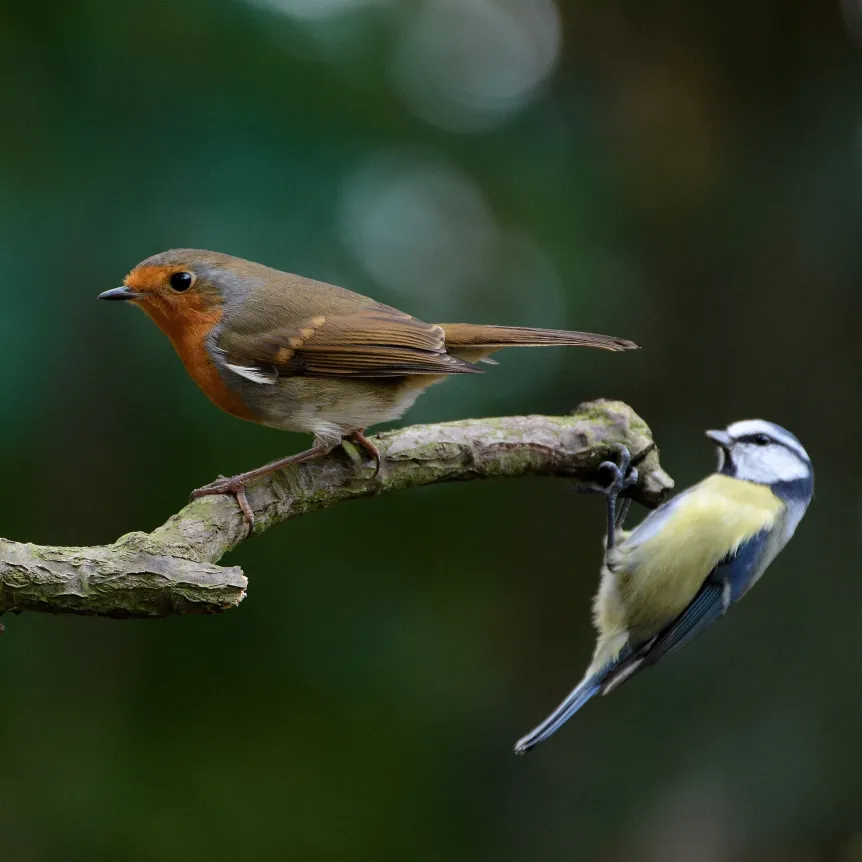
Spot Woodland, Field and Garden Birds From Your Cottage
Whether you’re a seasoned birder or simply enjoy quiet time with with or without binoculars, you’ll be surrounded by opportunities to observe birds up close. Guests regularly report sightings of:
- Buzzards circling above the valley
- Tawny owls and woodpeckers in the trees
- Wrens, robins, blue tits and finches
- Seasonal visitors, including swallows, swifts, and warblers
You don’t need to go far, many of these birds can be seen from your cottage window or garden bench.
“Watching buzzards from the picnic table was a highlight of the trip.”
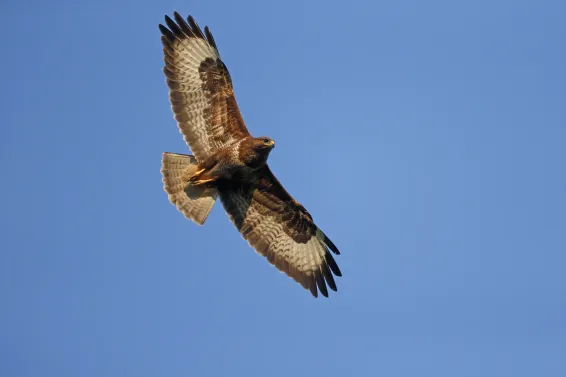
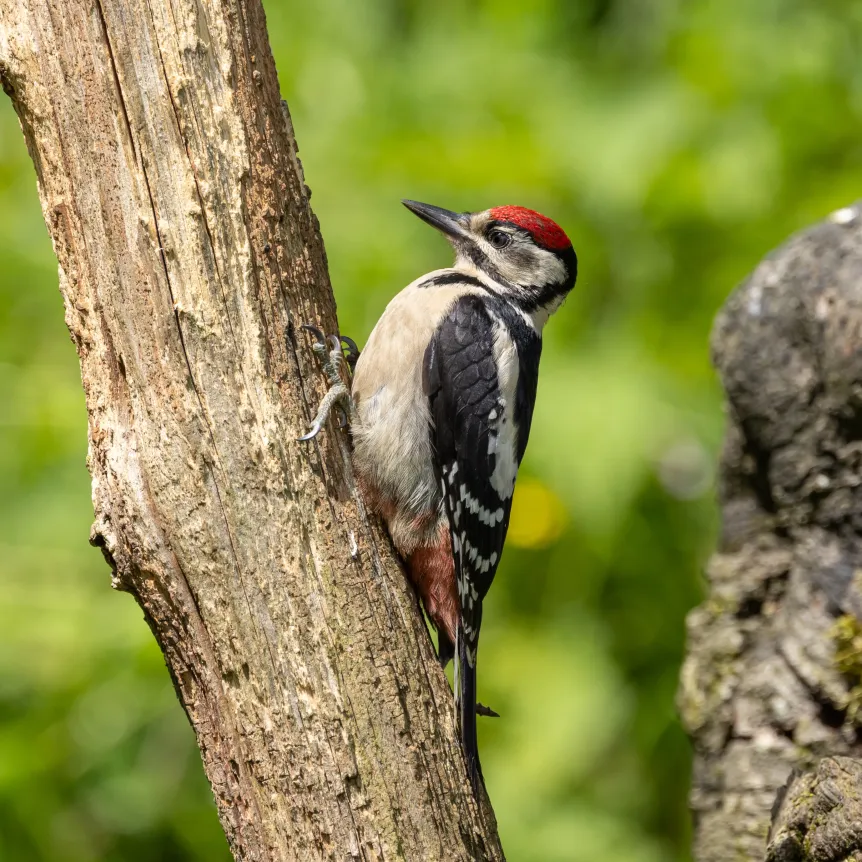
Visit RSPB Chapel Wood – Just a Short Walk Away
From Spreacombe Gardens it is just a 15-minute stroll to our private entrance to RSPB Chapel Wood, a tranquil oak woodland protected for its biodiversity. Look out for:
- Nesting woodland birds in spring
- Mixed flocks in autumn
- Peaceful chapel ruins for quiet watching, contemplation or sketching
The lower paths are gentle, making this a great day-out even for casual nature lovers.
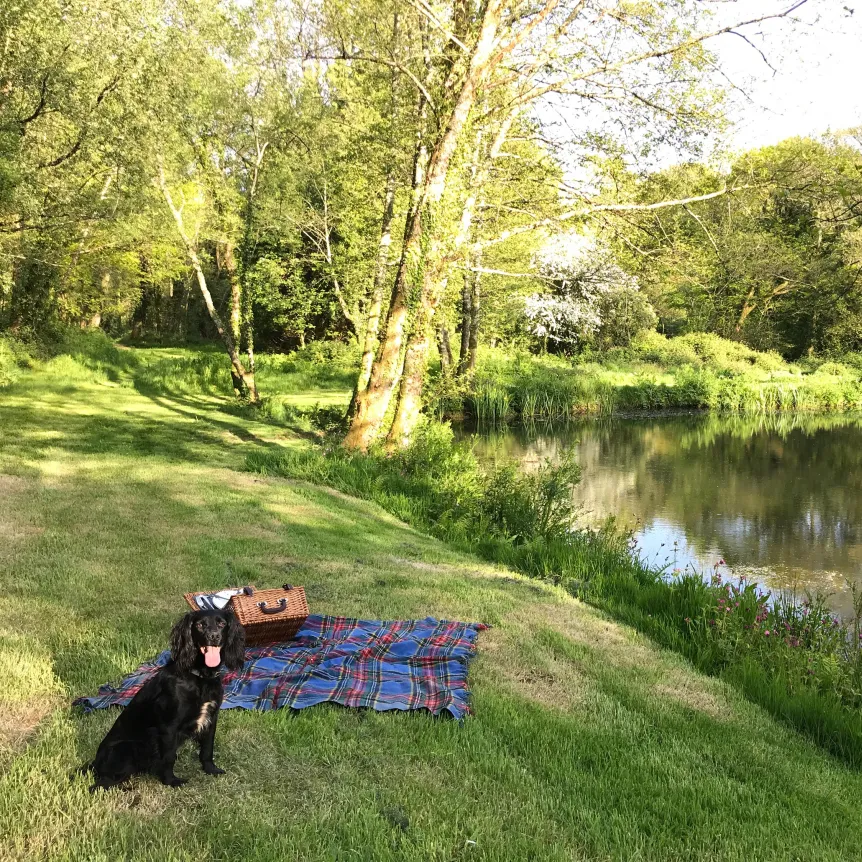
Wander down to our Private Pond – Just across Mill Meadow
From Spreacombe Gardens Cottages it is just a 15-minute stroll to our private ponds and nature area. This area has been actively managed for nature over the last 50 years and oozes peace and restfulness. Follow the paths under the beech trees, through the grassy glade and enjoy nature.
- Young ducklings or goslings in Spring
- Heron or cormerant
- Moorhens and other wild freshwater birds
- Birdsong in the trees
- Wild flowers
Note - we have recently carried out some replanting in this area having been challenged by 2025 storms and ash dieback
The following pictures were all taken by us at Spreacombe but mostly we don't have our camera with us to share our sitings. We really enjoy the varied birdsongs. The app on our phone can frequently detect up to 10 birds at a time.
Sadly, the Peacock and Henny Penny are no longer with us, but the photo is included as I know many of you loved them.
“Chapel Wood is a hidden treasure. So peaceful, and alive with birds.”
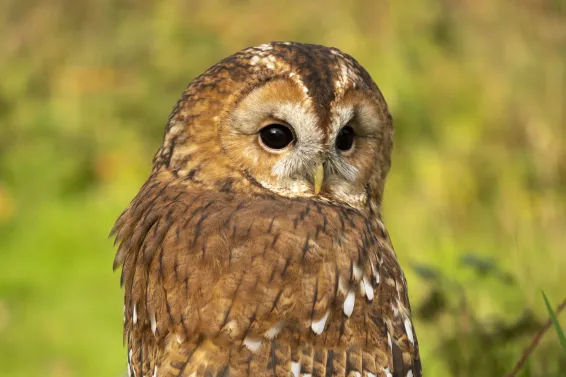
Explore Nearby Birding Hotspots
Beyond Spreacombe, North Devon offers several renowned birdwatching locations:
- Crow Point, Velator, and Braunton Burrows: Just 5 miles away, this UNESCO Biosphere Reserve boasts over 100 bird species, including bitterns, spoonbills, and marsh harriers. www.northdevonbiosphere.org.uk
- Isley Marsh: Located 13 miles from Spreacombe, this RSPB reserve is a haven for wintering ducks and waders like curlews and dunlins. www.rspb.org.uk/days-out/reserves/isley-marsh The RSPB recommend coming to visit as the tide is coming in as this encourages the birds closer to shore making them more visible from the footpath. There aren't footpaths through the centre of the reserve but the trails that run around the outside of the marsh offer fantastic views of the birdlife. The popular Tarka Trail runs along the south side of the reserve, allowing easy foot and cycle access.
- Lundy Island: Accessible by ferry from Ilfracombe or Bideford, Lundy is nationally important for breeding seabirds and attracts thousands of migrants during spring and autumn. Renown for puffins, Lundy is a quieter, unspoilt version of the North Devon Coast. Run by the National Trust, Woolacombe Tourist Information have details of ferry crossings which vary according to tides. https://www.nationaltrust.org.uk/visit/devon/lundy
- North Devon Coastal Path - Morte Point or Baggy Point: Approximately 6 miles away, the dramatic SW coastal path, near Spreacombe, offers stunning views and opportunities to spot Atlantic grey seals and various seabirds. High cliffs attract nesting colonies of guillemots and razorbills, while gorse-topped headlands provide song posts for Dartford warblers and stonechats. Cormorants are regular visitors too, often seen drying their wings in the sea breeze.

Bring Your Camera, Or Just Sit and Listen
The valley is a haven for slow mornings and quiet evenings. Whether you’re tracking species or just enjoying the chorus of birdsong, you’ll find space to pause, breathe, and tune in to the natural world. Our slower pace is perfect for digital detoxers and mindful travellers.
